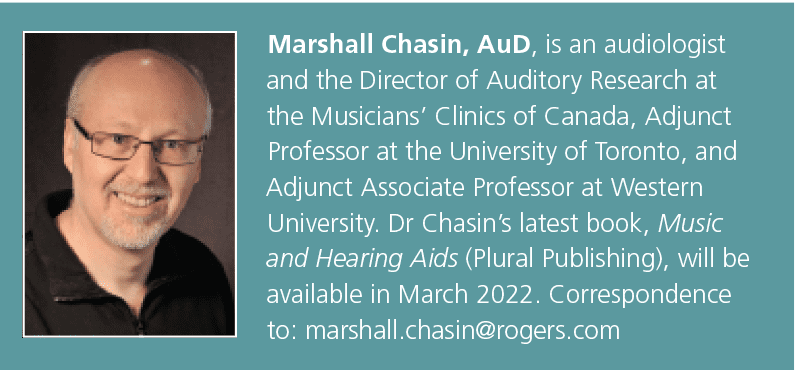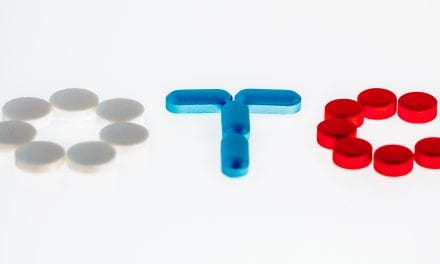Back to Basics | May 2022 Hearing Review
By Marshall Chasin, AuD
The body was found in the parlor and clearly the man had been stabbed. The only clue was a puddle of water next to his body. Who dunnit? And where is the murder weapon? Murder mysteries and audiology do not typically overlap, but there are certain circumstances where it does happen. In this case, the murder weapon was a sharp icicle that had melted into a puddle of water. What follows are two examples of materials that can change from one state to another in order to make our clinical lives easier.
Modifying soft material earmolds in the clinic:
When I first started in this field there were two types of earmold materials that were in common usage: Lucite and Polyvinyl chloride, or PVC; Lucite being “hard” and PVC being “soft.” Since the mid-1990s, PVC earmolds such as Formaseal and Protint have given way to various forms of silicon-based materials. And while this change has become slightly more environmentally friendly, a major issue still exists: it can be very difficult to modify soft earmolds (and soft earplugs) in the office without a very high RPM buffer system. In contrast, hard materials such as Lucite have never presented much of a problem and any handheld Dremel drill is usually sufficient to buff or modify the shape of these earmolds.
Related article: Loud Live Music Versus Loud Recorded Music
Here’s what I’ve learned from the murder mystery. In order to modify and buff soft material earmolds, freezing them first allows them to be modified within about 30 seconds, as if they were a hard material. Of course, in a clinical setting, no one has time to place an earmold in the freezer for 20 or so minutes, and very few clinics have a tank of liquid nitrogen hanging around (unless you share an office with a dermatologist). However, there are a range of commercially available sprays which have their boiling temperatures around -40 degrees (and you can take your choice of either Celsius or Fahrenheit). These sprays are manufactured for the electronics industry and are used to spray onto circuit boards to find faults; another form is used to “dust off” computer keyboards. And, yet another use is to temporarily make soft earmold material hard so it can be easily modified!
My preferred freeze spray is refrigerant in a can that comes as an aerosol-in-a-spray used to temporarily freeze electronic components and circuit boards to find the faulty element (also known as “circuit chiller” or “canned air”). Freeze spray is nonflammable, residue-free, and provides fast cooling action that super-chills isolated areas. In the distant past, freeze sprays did contain CFCs (chlorofluorocarbons), but have since been replaced with materials that do not impact the ozone layer. In North America, there are no commercially available aerosols that contain ozone-depleting propellants. (More information can be found at https://www.chemtronics.com/ultimate-guide-to-diagnostic-freeze-spray.)
Simply apply the freeze spray over the part of the earmold that needs modifying, and you’ll have around 30 seconds of an easy-to-modify hard material. It makes a soft silicon material temporarily as easy to modify as a hard material, such as Lucite.
Drilling curved vents in soft material earmolds:
And while we’re talking about tricks from the “olden days,” have you ever wondered how a vent can have a beautiful gradual curve as the earmold curves without having two straight intersecting drilled lines?
Here’s the trick: Remove the hearing aid tubing from the earmold. Then, place a thick shank, such as a 2-mm drill bit, down the main sound bore. This will straighten any curves in the soft material earmold. Then, drill a straight vent parallel to the main bore. Remove the 2-mm drill bit from the main bore and the earmold will snap back to its normal curved shape, as will the vent. The vent will now look like it has been drilled gradually around a corner with a gentle curve.
And I’m not sure, but I don’t think they ever did find the culprit who murdered the man in the parlor with the icicle!

Citation for this article: Chasin M. Two old soft-material earmold tricks. Hearing Review. 2022;29(5):10.





